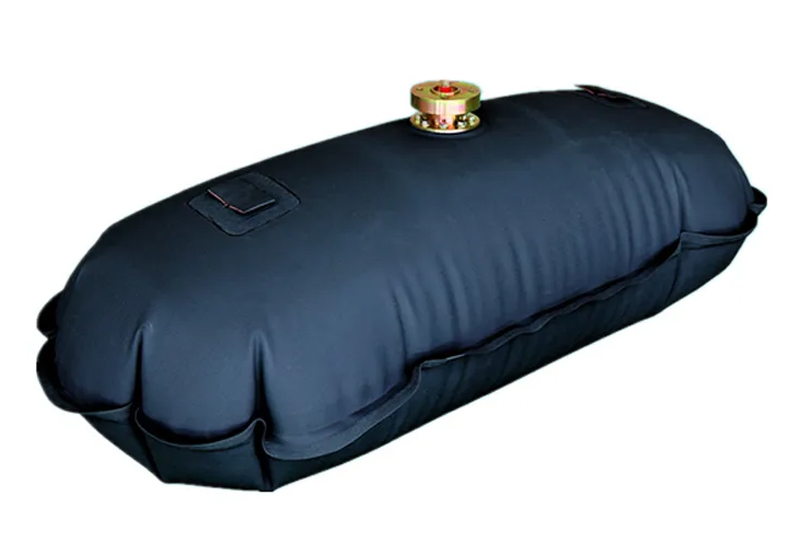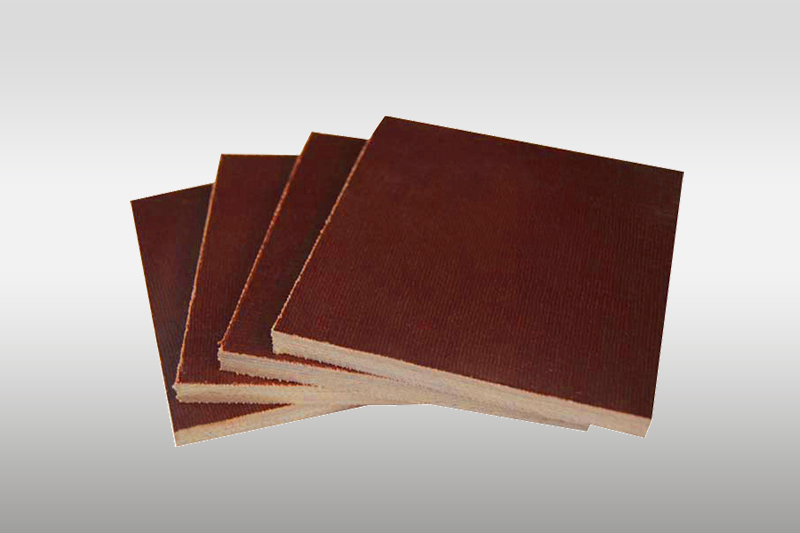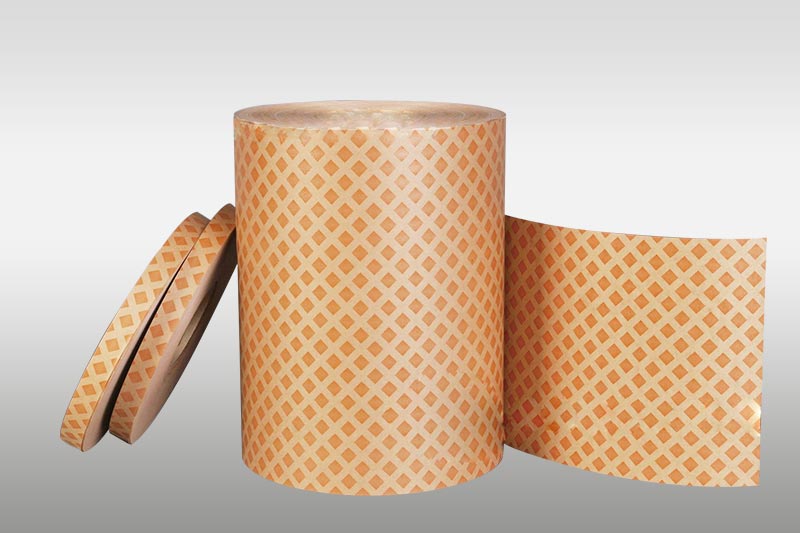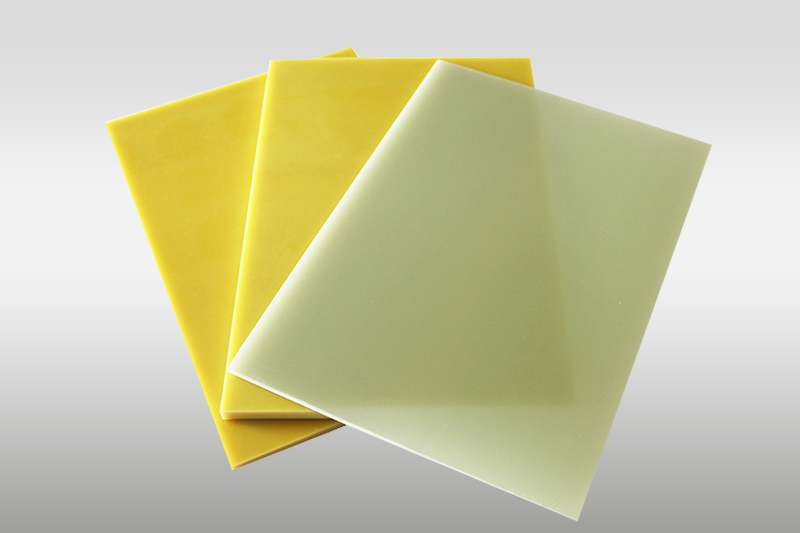Explore the full function, advantages, and industrial relevance of laminated wood insulation
In the highly regulated and performance-sensitive world of transformer manufacturing, laminated wood—also known as electrical laminated wood or insulating laminated wood—has proven itself as a vital material, especially in oil-immersed power transformers. From mechanical support to dielectric insulation, this composite material plays an indispensable role in ensuring the safe and efficient operation of transformers under extreme thermal and electrical stresses.
What Is Laminated Wood?
Laminated wood used in transformers is made from high-quality birch or beech veneers, impregnated with phenolic resin and hot-pressed under high pressure. The result is a dense, stable, and electrically insulating material with excellent mechanical strength and stability, even when submerged in transformer oil.
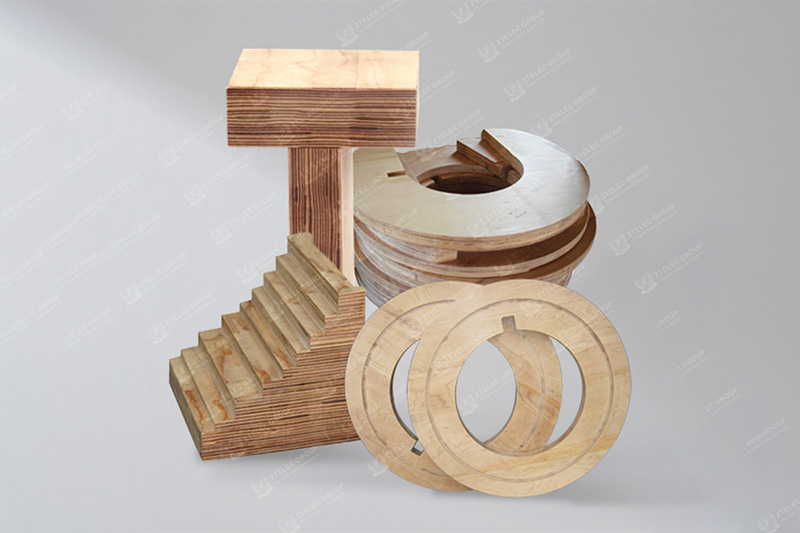
Core Functions in Oil-Immersed Transformers
Structural Support:
Laminated wood is commonly used for support beams, pressboards, and clamping structures in transformer cores and windings. Its high mechanical strength helps maintain alignment and integrity under load.
Electrical Insulation:
The resin-treated wood ensures low dielectric loss and reliable insulation between live components, even after long-term immersion in oil.
Oil Compatibility:
Unlike untreated wood, laminated wood is oil-resistant and chemically stable in mineral or silicone-based transformer oils, maintaining performance over decades.
Machinability & Customization:
It can be precision-machined into dowels, cylinders, spacers, and coil support rings with tight tolerances—essential for large transformer customization.
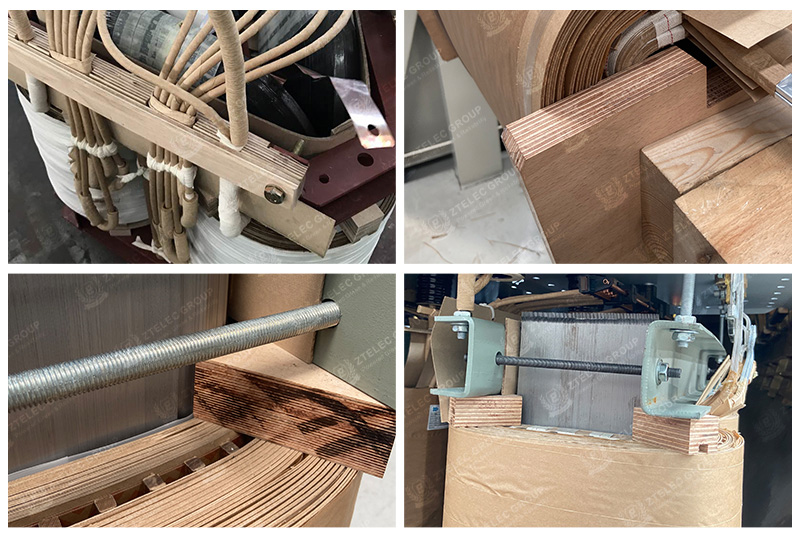
Why Laminated Wood Is Still Relevant
With the rise of high-tech polymer and epoxy-based composites, some may question the continued use of laminated wood. But its balance of cost, performance, sustainability, and compatibility with transformer oil keeps it in high demand—especially in large-scale oil-filled power transformers, distribution transformers, and furnace transformers.
Advantages That Matter
► High Insulation Resistance
► Moisture Resistance
► Excellent Mechanical Load-bearing Capacity
► Eco-friendly and Biodegradable Base Material
► Customizable Dimensions and Shapes
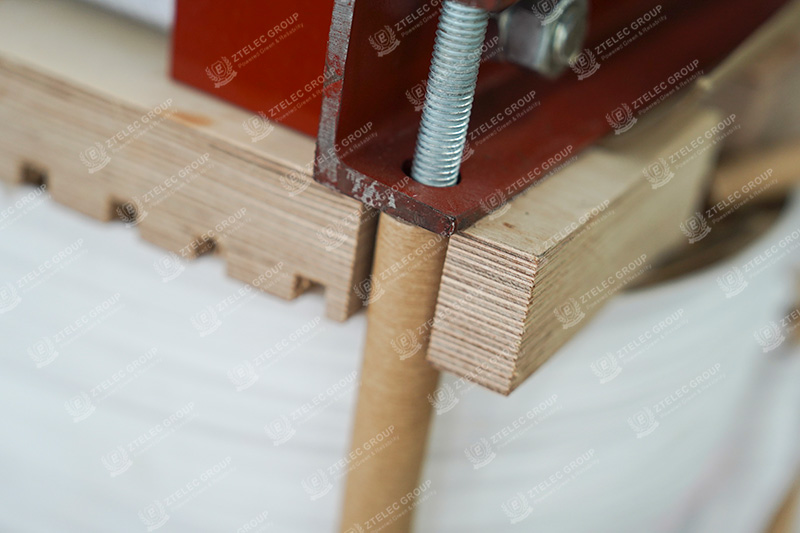
Choosing the Right Supplier
When sourcing laminated wood for your transformer applications, it’s critical to choose a supplier with experience in oil-immersed insulation systems, precise machining, and certified quality standards (such as ISO9001 and RoHS compliance).
Final Thoughts
Laminated wood remains a smart, proven choice for high-performance oil-immersed transformers. Whether you’re designing new equipment or refurbishing old units, investing in high-quality laminated wood components ensures reliability, safety, and long-term performance.




